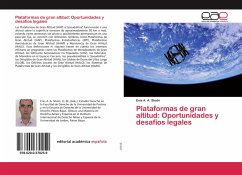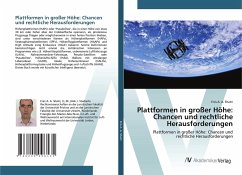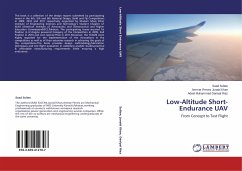High Altitude Platforms (HAPs) or "pseudolites" will be operating at an altitude above Earth surface approximately 30 km or higher, flying as pilotless aircraft or possibly remain in a fixed position, are known under different names as High Altitude Platforms (HAPs), Stratospheric Platforms (SPFs), High Altitude Aeronautical Platforms (HAAPs) and High Altitude Long Endurance (HALE). Such definitions do not even consider military interests in programmes such as High Altitude Loiter Platforms, Unmanned Aeronautical Vehicle (UAV), Near Space Maneuvering Vehicle, Pseudo-satellites or 'pseudolites', High Altitude Airship (HAA), Ultra Long Duration Balloon (ULDB), High Altitude Local Orbiters (HALOs), High Altitude Platform Systems and High -Altitude Aircraft and Airship (HAAS). Becoming a part of Aviation law with myriad applications for different issues from transportation to joint applications with satellites to provide with cost efficiently telecommunication services, remote sensing etc. In this study the comparison and influence of other subjects are enlisted, to explain the impact of HAPS and legal regulatory consequences before fully operating in everyday complex services.
Bitte wählen Sie Ihr Anliegen aus.
Rechnungen
Retourenschein anfordern
Bestellstatus
Storno








